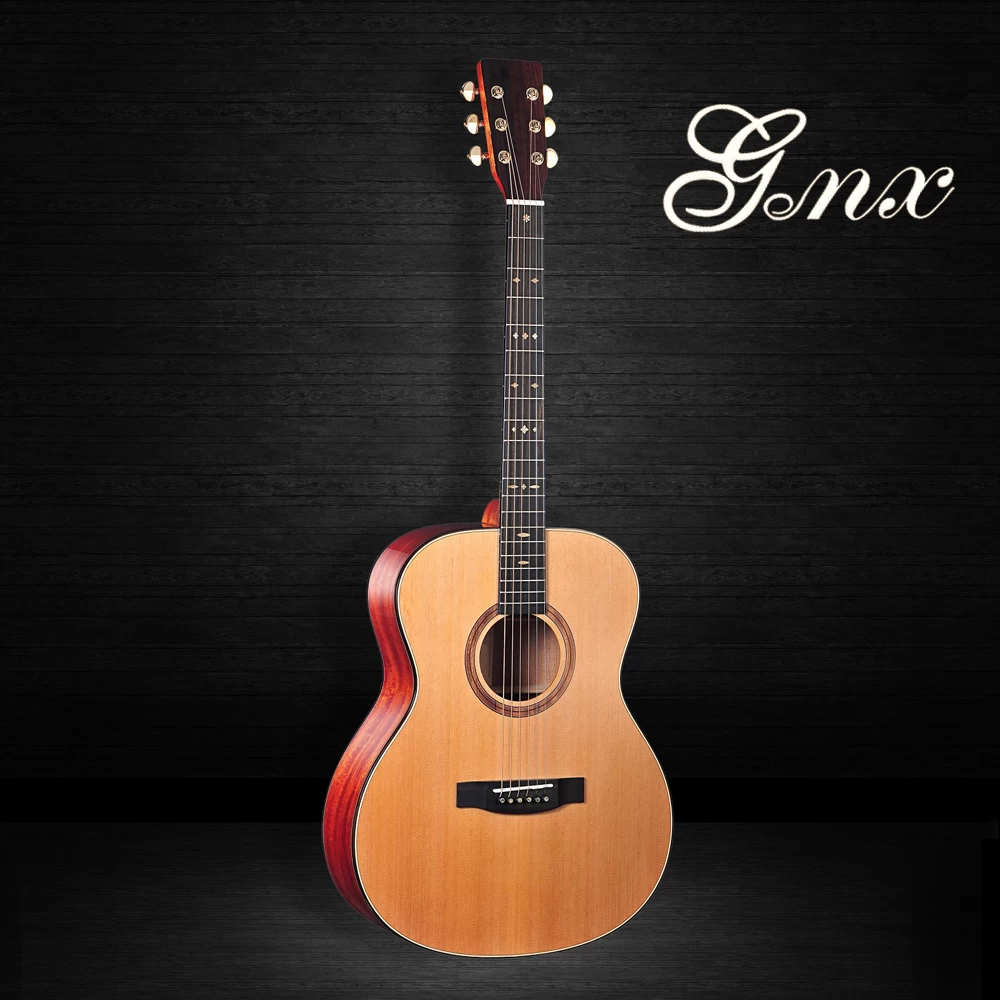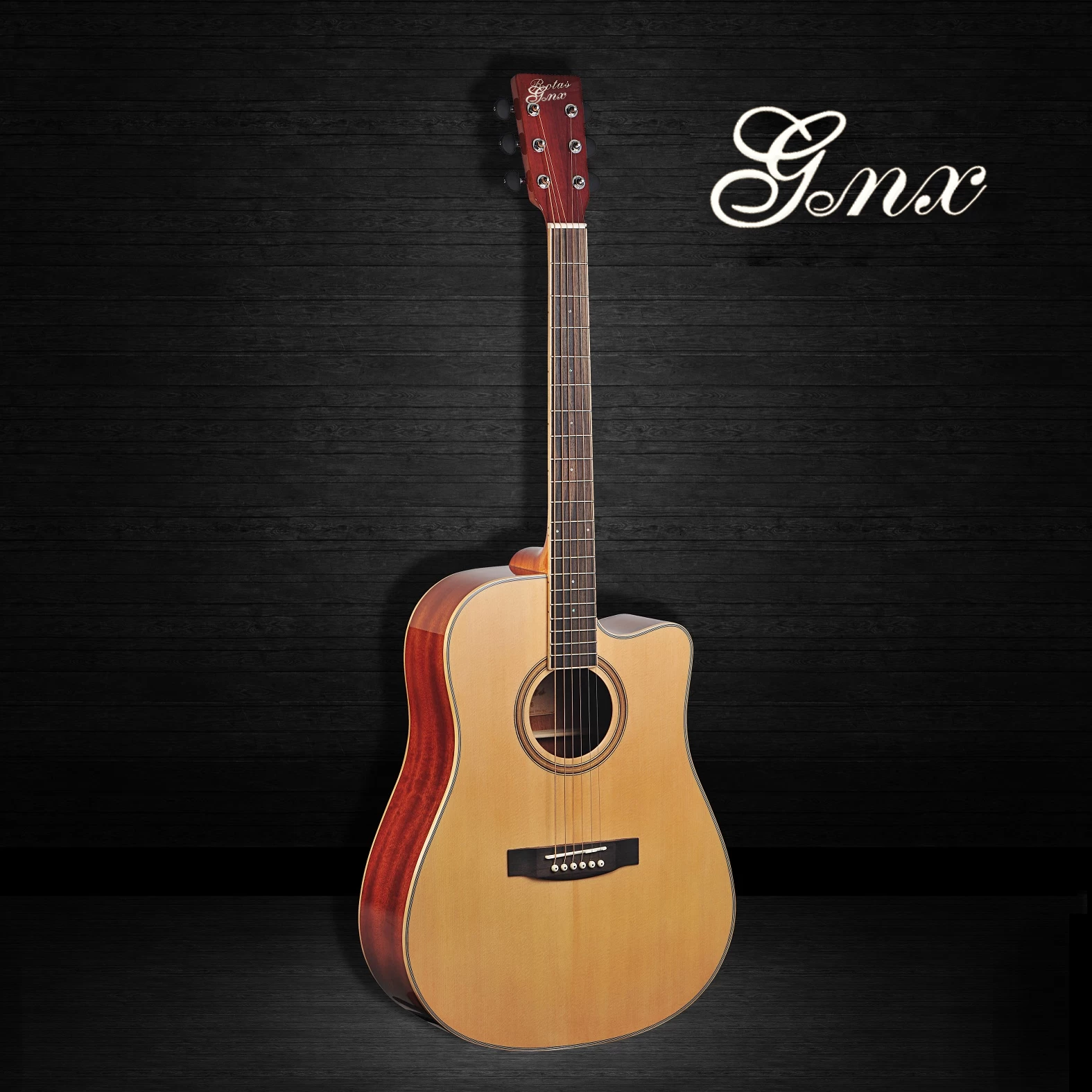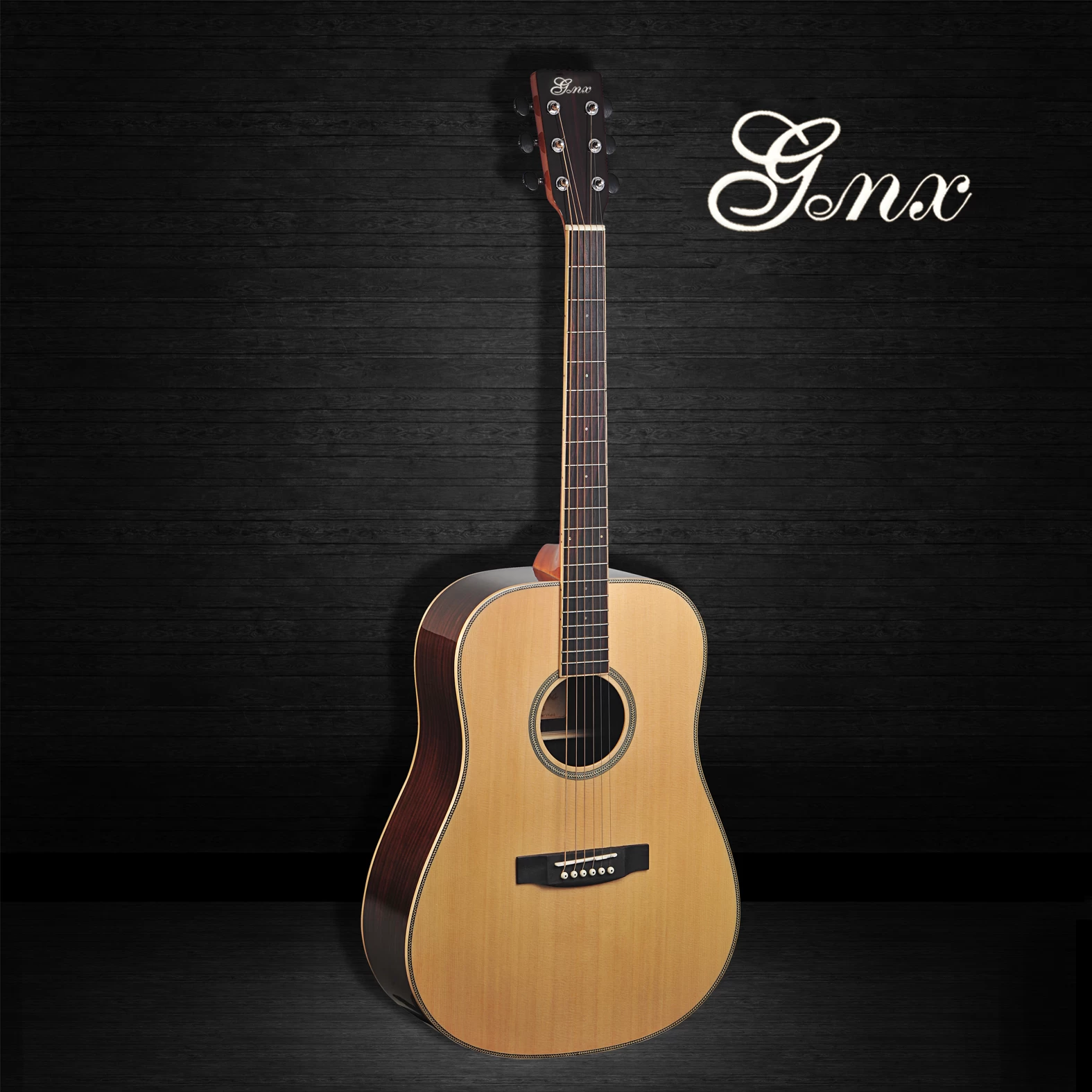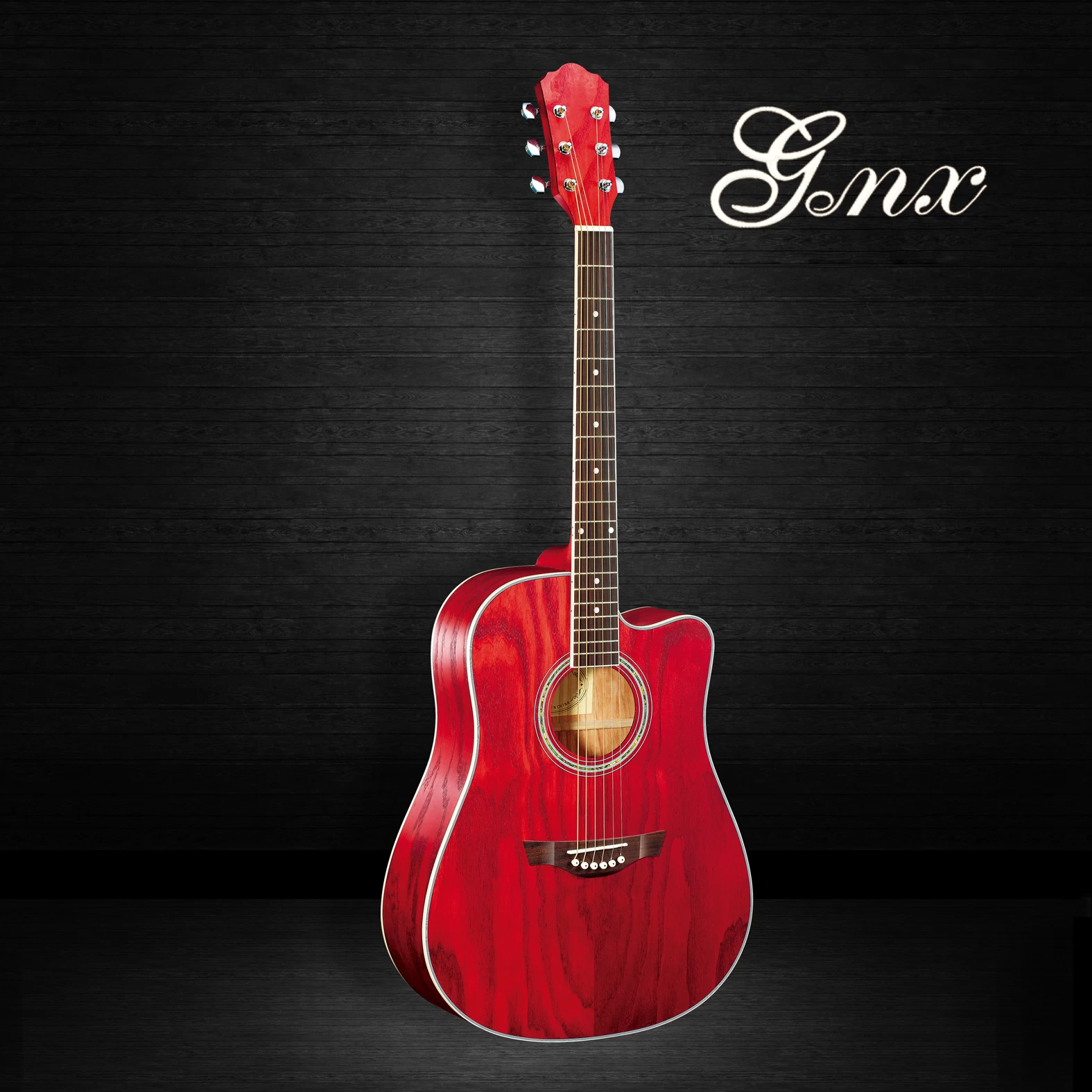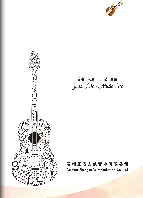Julian Lage at 30: A Visit in San Francisco With the Jazz Guitar Phenomenon
2018-03-14 11:18:04
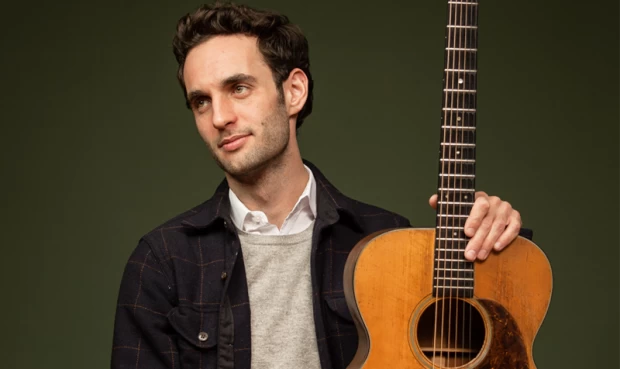
The audience, a hip-looking bunch, appeared riveted. After the show, Lage emerged in the venue’s lobby while a throng of well-wishers waited for their opportunity to interact with him—the sort of reception more commonly given to rock stars than jazz musicians. But it wasn’t exactly surprising, considering Lage’s ascendance as the thinking-person’s guitar hero.
Lage, now 30, has long since shed his child prodigy status—on display in the 1996 documentary film Jules at Eight—to become one of the great jazz guitarists, if not one of the most brilliant plectrists in general. Matt Munisteri, the singer-songwriter and guitarist who produced World’s Fair, told me, “I first met Julian around ten years ago when we were doing a bunch of dates with Mark O’Connor, the fiddle player. Jules was already as plugged in to mainstream jazz as he was to the acoustic world, free improvisation, and classical composition. I’d never heard anyone get such a big, loud, beautiful sound from the acoustic guitar. After I met him, I ran into [jazz guitarist] Frank Vignola, and he said, ‘Who is this kid Julian Lage?’ I said, ‘I’ve got to tell you man, he’s the guy who’s going to show the 21st century what’s possible on the instrument.”
Lage was in the Bay Area last December to teach at the San Francisco Conservatory of Music, where he is on faculty, and I met him one morning for breakfast at a restaurant near the school. Tall and wiry, he was dressed smartly in a dark Patagonia sweater, olive-green chinos, and white retro Adidas sneakers. In person, he is disarmingly warm and pleasant and comes across as a total mensch.
Lage talks a lot like he plays guitar. He’s thoughtful and articulate, and expresses himself in long, elegant paragraphs; he seems present but also in tune with everything that is going on around him. As we waited on breakfast burritos, “The Way It Goes” by Gillian Welch began playing unobtrusively on the restaurant’s speakers. Lage, who at that moment was reflecting on his musical rhetoric, suddenly changed course and said, with more than a little enthusiasm, “That’s from [Welch’s] Harrow & the Harvest, one of my all-time favorite records, which was engineered by Matt Andrews, who’s the greatest. Critter [guitarist Chris Eldridge] and I hired him to engineer [their recent duo album] Mount Royal because we thought that record’s sound was our ideal blueprint. Matt did an amazing job, but we didn’t do as well, and so we had to re-record it”— less likely owing to the quality of the guitarists’ playing than to their high standards.
Without skipping a beat, Lage then continued to talk about his musical identity. Though he’s celebrated as a jazz guitarist, the label is not entirely accurate. “I actually think of myself as a blues guitarist,” he said. “The blues is at my core. It was the music my parents listened to; blues, R&B, and soul were what we all agreed on.
“But it really has to do less with content than the orientation of the guitar within a context. I grew up hearing the guitar as a very sensual instrument—as a voice you could receive in the same way you would a blues singer or a folk singer. It could be B.B. King using vibrato on a note, or it might be Stevie Ray Vaughan generating this incredible motor of energy and excitement. These things taught me that the guitar can be both powerful and tender, edgy or really chill and laid back.”





